Was there a time when people in Sri Lanka didn’t describe themselves as Sinhalese or Tamil, Muslim or Burgher?
Or at least when these identities weren’t foremost in their minds?
Today, one’s ethnicity is likely to be paramount when Sri Lankans describe themselves. I began to observe how conflict and ethnicity were inextricably linked. I wanted to challenge perceptions of identity, to see identity differently, and explore how this could help bring communities together. An anthropologist I spoke to told me that a long time ago Sri Lankans, or the Ceylonese as they were known then, were more likely to talk to you about their kith and kin connections, what they did for a living or their hometowns. So with this in mind, I set out on a journey, seeking a generation of Sri Lankans who were from such a time or perhaps still responded in this way.
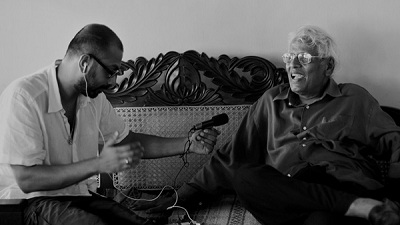 I visited churches, kovils, temples, and mosques and was welcomed into people’s homes and workplaces. I traveled by plane, by road, and by boat. I met and photographed elders; many wise men and women who trusted me with their life stories. They shed light on my questions and I grew more convinced that reflecting on the shared experiences of elders is key to moving towards reconciliation in this conflict. The ‘I am’ project was born – a collection of portraits in photography and sound of the experience and insights of Sri Lankan elders. I hoped that people would engage with these portraits of community, identity, and coexistence, and move them towards reconciliation. I also wanted to encourage those I met on my journey to tell others about the project, and in turn, encourage them to tell their own stories.
I visited churches, kovils, temples, and mosques and was welcomed into people’s homes and workplaces. I traveled by plane, by road, and by boat. I met and photographed elders; many wise men and women who trusted me with their life stories. They shed light on my questions and I grew more convinced that reflecting on the shared experiences of elders is key to moving towards reconciliation in this conflict. The ‘I am’ project was born – a collection of portraits in photography and sound of the experience and insights of Sri Lankan elders. I hoped that people would engage with these portraits of community, identity, and coexistence, and move them towards reconciliation. I also wanted to encourage those I met on my journey to tell others about the project, and in turn, encourage them to tell their own stories.
The ‘I am’ project is trying to engage people with oral history and, through the wisdom of these wonderful elders, to challenge perceptions of identity and explore how this could help bring communities together. This was my journey of discovery and I hope that my own transformation through engaging with these stories will help others do the same.
Find out more about the ‘I am’ project on facebook or the official website.

 Guest Contributor
Guest Contributor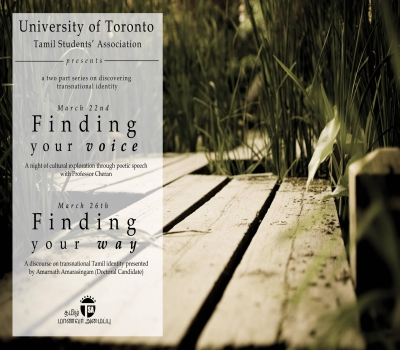


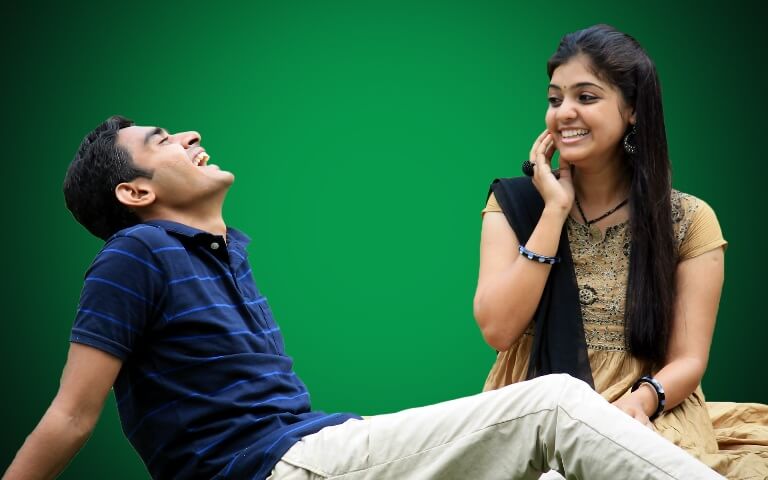
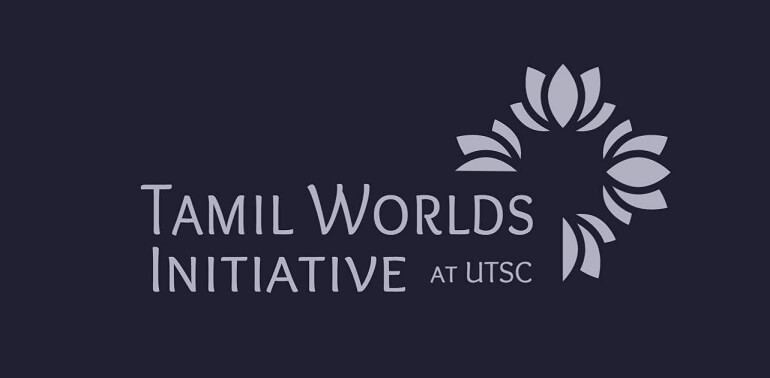
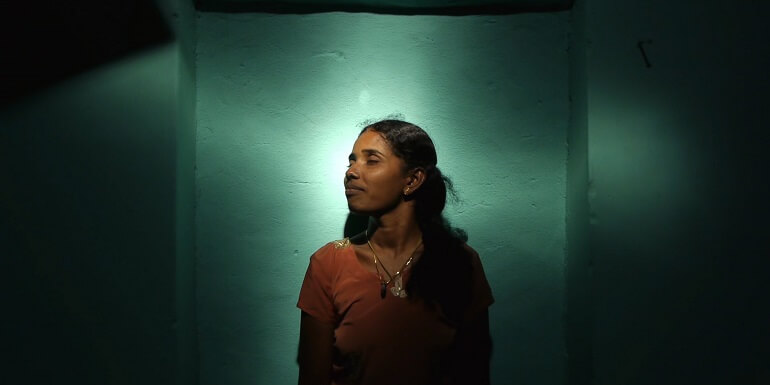
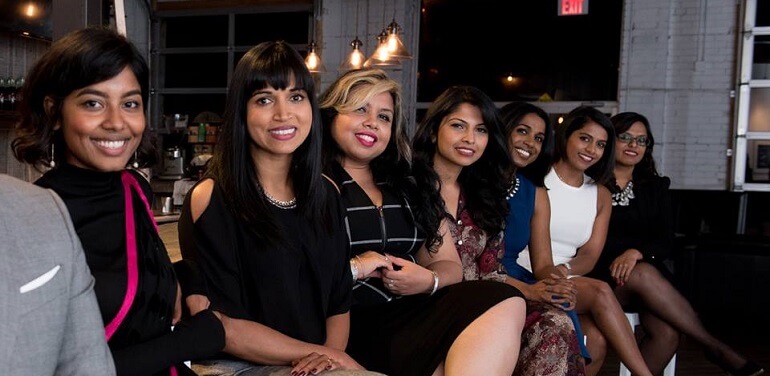
[…] Was there a time when people in Sri Lanka didn’t describe themselves as Sinhalese or Tamil, Muslim or Burgher? Or at least when these identities weren’t foremost in their minds? Today, one’s ethnicity is likely to be paramount when Sri … TamilCulture.ca […]